Timeless Giants: Top 10 Long-Living Trees in India
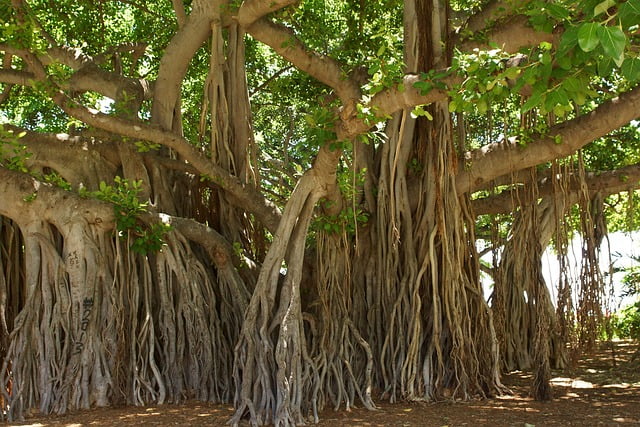
Trees, the silent guardians of our planet, stand witness to the passage of time and embody the spirit of endurance. In India, a land of rich biodiversity, ancient trees have stories to tell that span generations. From sacred groves to historical landmarks, these long-living trees have become living legends, captivating our imagination and reminding us of the intricate relationship between humans and nature. In this blog post, we’ll explore the Top 10 Long-Living Trees in India that have stood the test of time:
Long-Living Trees in India
Banyan Tree (Ficus benghalensis):
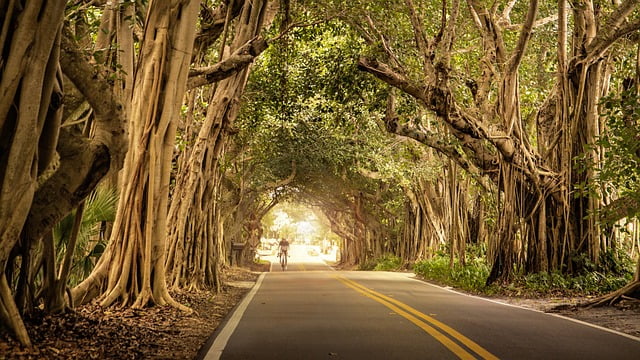
The iconic banyan tree is revered for its sprawling canopy and aerial prop roots that give rise to a grove-like structure. The Great Banyan Tree in Howrah, West Bengal, is one of the largest and oldest living banyan trees in the world.
Read More: Top Plants to Plant at Home in India
Peepal Tree (Ficus religiosa):
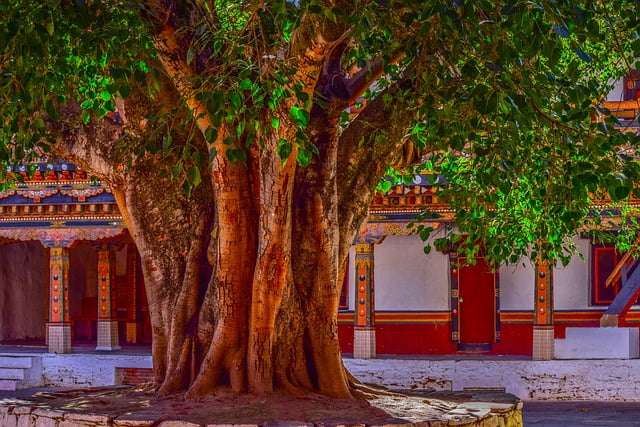
Also known as the sacred fig tree, the peepal tree holds a special place in Indian culture. It’s believed to be the tree under which Buddha attained enlightenment. The Bodhi Tree in Bodh Gaya, Bihar, is a descendant of the original tree.
Deodar Cedar (Cedrus deodara):
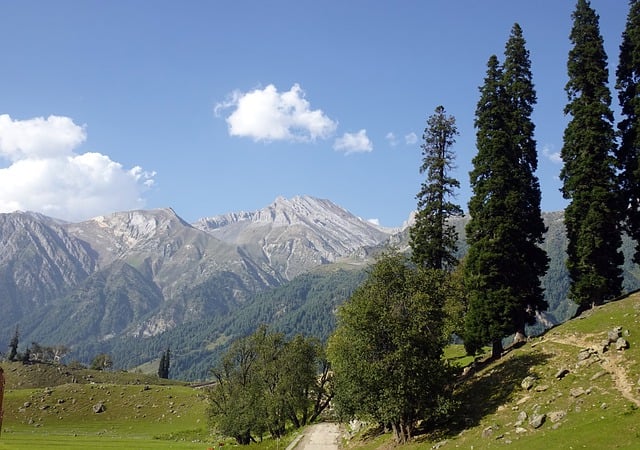
These majestic conifers can live for centuries, gracing the Himalayan landscape. The Chail Chinar in Himachal Pradesh is a particularly noteworthy cedar tree, said to be over 150 years old.
Read More: 10 Most Oxygen Producing Trees in India
Neem Tree (Azadirachta indica):
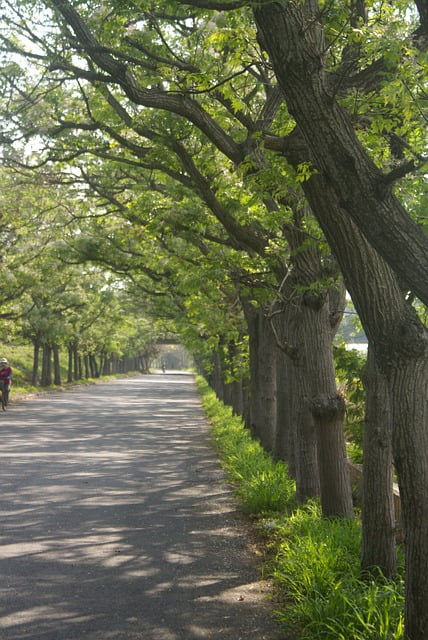
Known for its medicinal properties, the neem tree can live for several decades. The Nimbatirtha Neem Tree in Junagadh, Gujarat, is believed to be around 450 years old and has a fascinating history.
Kapok Tree (Ceiba pentandra):
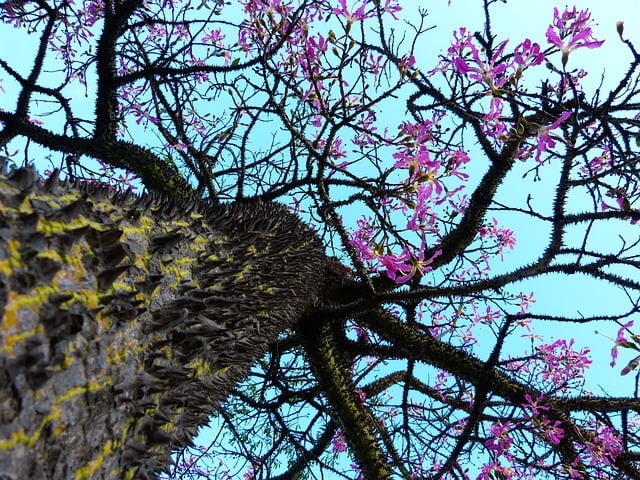
The kapok tree also called the cotton tree, is known for its large, umbrella-like canopy and towering presence. It’s a common sight in India’s tropical regions.
Read More: 13 Flowers That Bloom at Night
Olive Ridley-Tree (Prosopis cineraria):
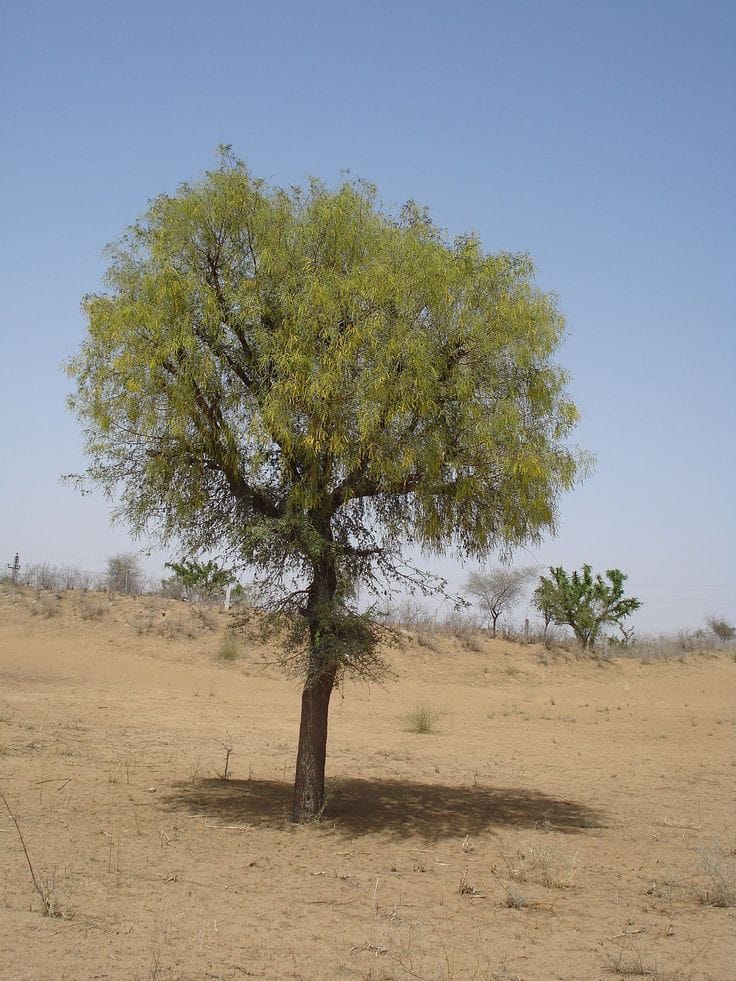
Also known as the khejri tree, the olive ridley is well-adapted to arid conditions. The Khejri Tree at Khejarli in Rajasthan symbolizes the Bishnoi community’s commitment to nature conservation.
Arjuna Tree:
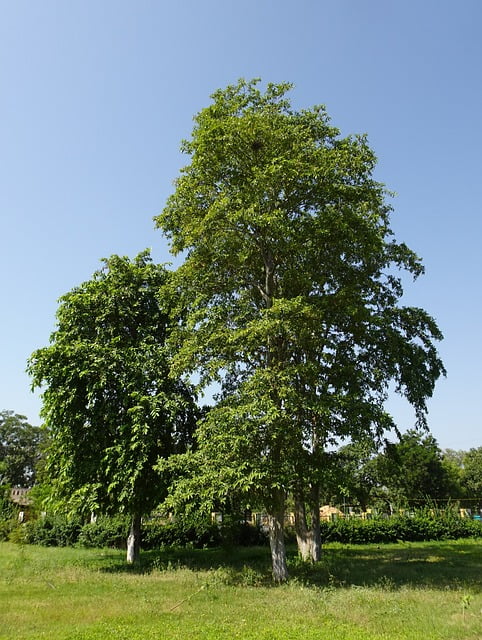
The Arjuna tree, scientifically known as Terminalia arjuna, is a species of deciduous tree native to the Indian subcontinent. It belongs to the Combretaceae family and is commonly found in various parts of India. The tree has significant cultural, medicinal, and environmental importance.
Read More: Top 10 Fastest-Growing Trees in India
Mango Tree (Mangifera indica):
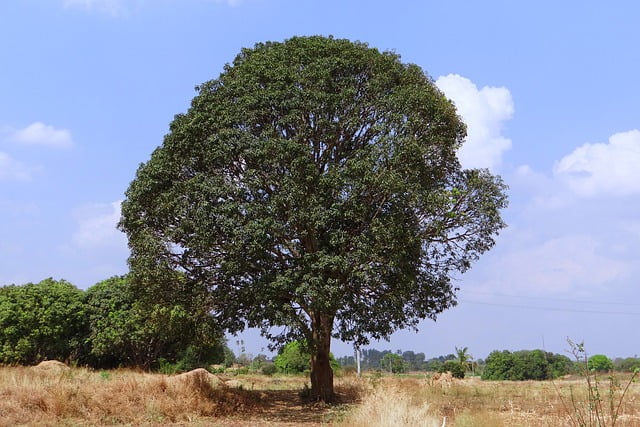
Mango trees not only offer delicious fruits but also live for many decades. The historic Siddheshwar temple in Solapur, Maharashtra, is adorned by a centuries-old mango tree.
Jamun Tree (Syzygium cumini):
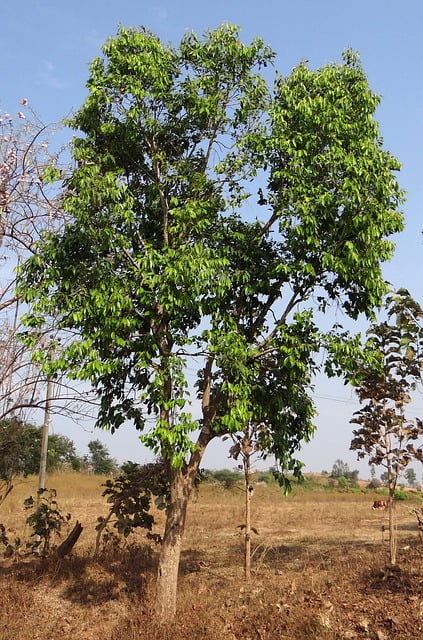
The Jamun tree, also known as the Indian blackberry tree, is valued for its nutritious fruit and long lifespan. The historic Rani Vav stepwell in Patan, Gujarat, features a 450-year-old jamun tree.
Mahua Tree (Madhuca longifolia):

The mahua tree, with its sweet-scented flowers and edible fruits, is integral to the lives of many indigenous communities. It’s found across central and western India.
Read More: Sacred Trees, Plants and Fruit in Hindu Culture
Tamarind Tree (Tamarindus indica):
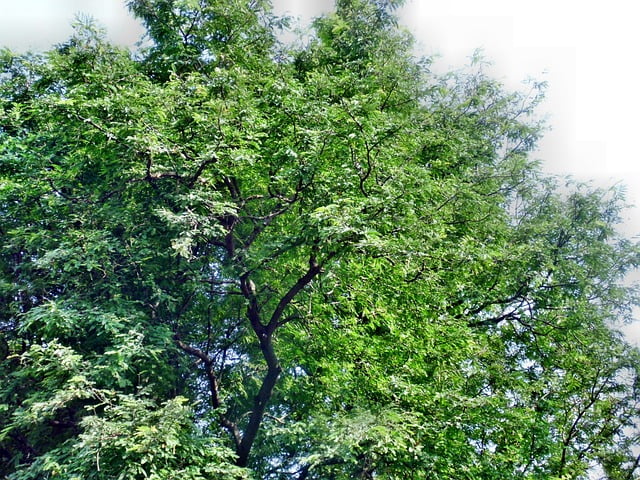
The tamarind tree is a tropical tree that is known for its edible fruit and various uses. It belongs to the Fabaceae family and is native to Africa, but it is now cultivated in many tropical and subtropical regions around the world. The tamarind tree is one of the major trees that live for many hundreds of years.




